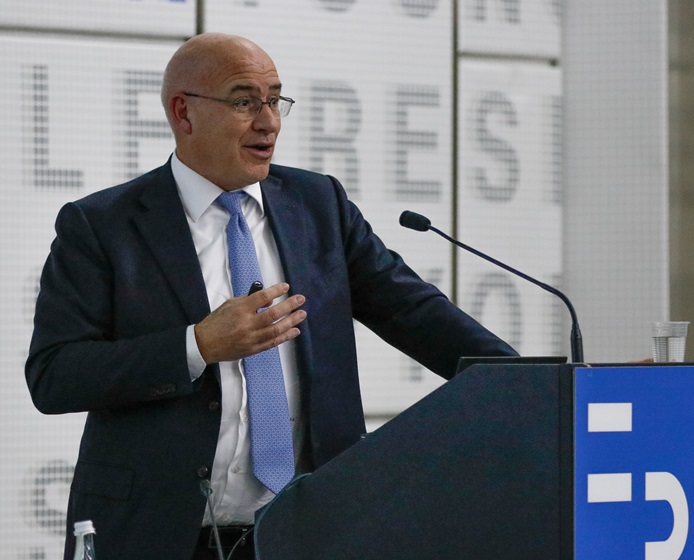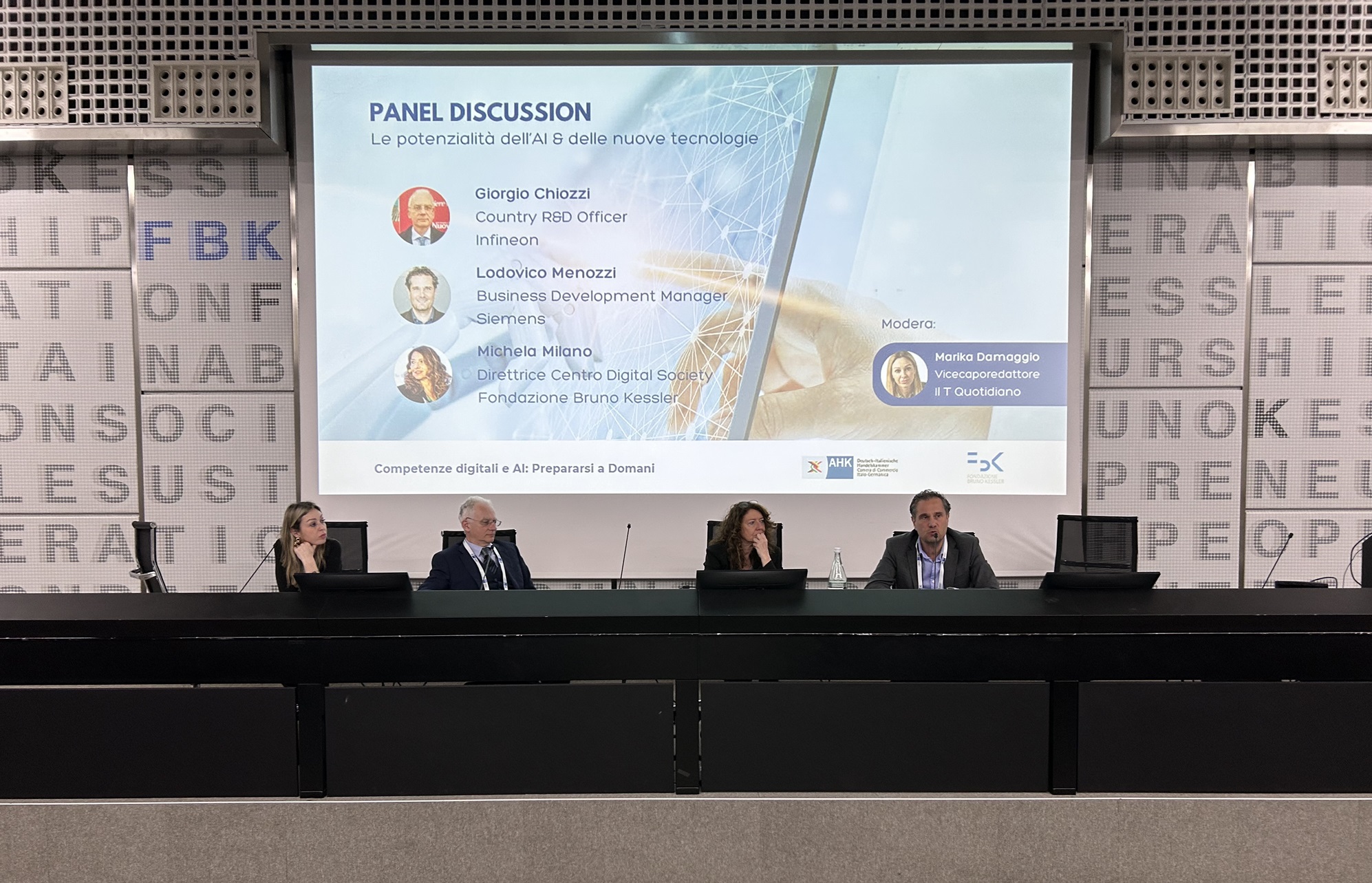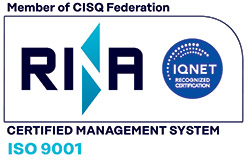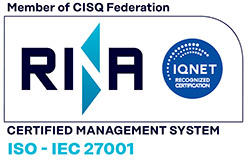AHK Italien and Fondazione Bruno Kessler: starting with skills for the implementation of Artificial Intelligence

The “Digital Skills and AI” conference, organized with the Italian-German Chamber of Commerce (AHK Italien), was held at the Fondazione Bruno Kessler.
The focus of the meeting held on March 20 was the potential of AI, innovation and skills as strategic levers for the competitiveness of companies and countries.
Artificial Intelligence is estimated to contribute to a 14% global GDP growth by 2030, making it crucial for companies to strategically adopt these technologies.
Keynote speaker of the event was Ferruccio Resta, President of Fondazione Bruno Kessler. A panel including Giorgio Chiozzi (Infineon), Lodovico Menozzi (Siemens) and Michela Milano (Center for Digital Society at Fondazione Bruno Kessler) then discussed the topics of the conference, highlighting industrial case studies on the practical impact of AI in different industries and the importance of targeted talent management strategies.

FOTO
“Artificial intelligence is not just a technology, but an enabler of new solutions, capable of revolutionizing the entire production system,” – Ferruccio Resta, President of FBK, said during his keynote speech. – “But without skills, innovation ecosystems and strategic partnerships, AI remains just a missed opportunity. It is not enough to adopt it: we need to know how to govern it, integrate it into processes and turn it into a true competitive asset. Its impact is not just about efficiency, but the ability to generate new opportunities for growth and skilled employment. It will be the exploitation of data that will redefine work, improving its quality and freeing up time and resources for higher value-added activities.”
In the case of AI, from a bilateral perspective, we should refer to the provisions of the German-Italian Action Plan: extending and structuring collaboration between Italy and Germany to strategic areas, among them precisely the development of new technologies and joint research projects, promoting political and private exchange between their respective centers of expertise. Currently, Germany covers about 4% of the global AI market and Italy about 2%.”
However, even more than bilateral, the horizon for this technology is European, given the sensitivity of the subject in terms of the investment and know-how required. The Union’s technological independence is one of the central points on the agenda of the new European legislature, and precisely the EU is the first system in the world to have a comprehensive legal framework on AI.
“Artificial Intelligence, R&D and innovation are strategic levers at the national, and supranational level, and require the targeted mobilization of investment, to a greater extent than has been put in place so far. With more resources available, there is a need, in particular, for close collaboration between the public and private sectors in order to give substance to strategic projects for companies and the country,”AHK Italien Managing Director Jörg Buck said ahead of the event. “Innovation inevitably involves human capital, skills and training. We have been observing for years in our regular surveys that the difficulty in finding qualified and adequately trained personnel on new technologies is reported by companies as one of the main risk factors for their business, often ranking first. Especially in the case of our country, therefore, more resources are not enough: we need to train highly specialized figures, including in Artificial Intelligence, to manage and implement the technological development required by the transitions we are experiencing. And a crucial aspect of expertise is sharing and circulating it: we should conceive technological development as a process that takes place within ecosystems, where research and know-how circulates fluidly among different actors and centers of expertise. From a bilateral perspective, it is the German innovation model, based on collaboration between private (companies) and public (universities, research centers) stakeholders within highly specialized clusters.”



